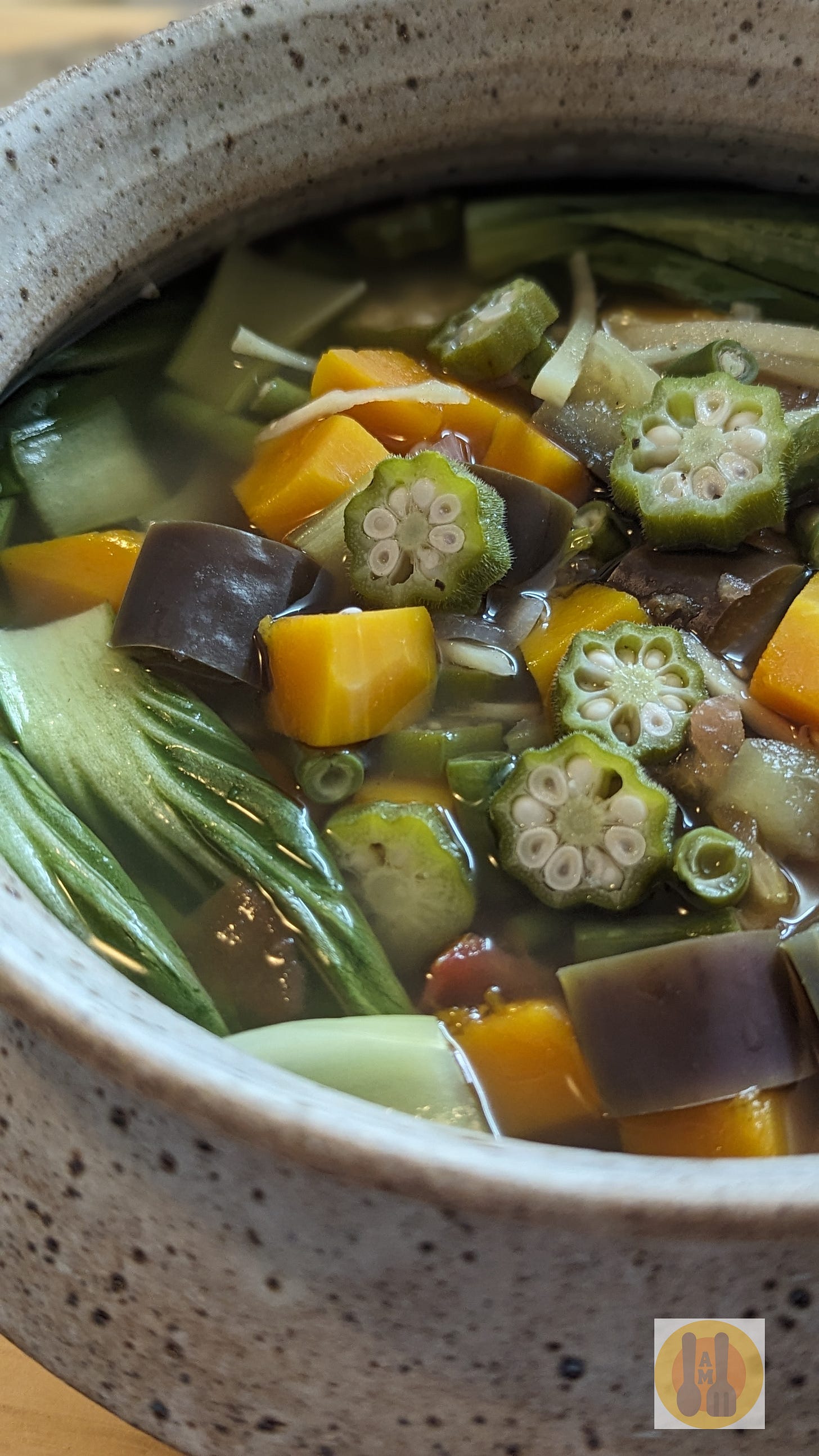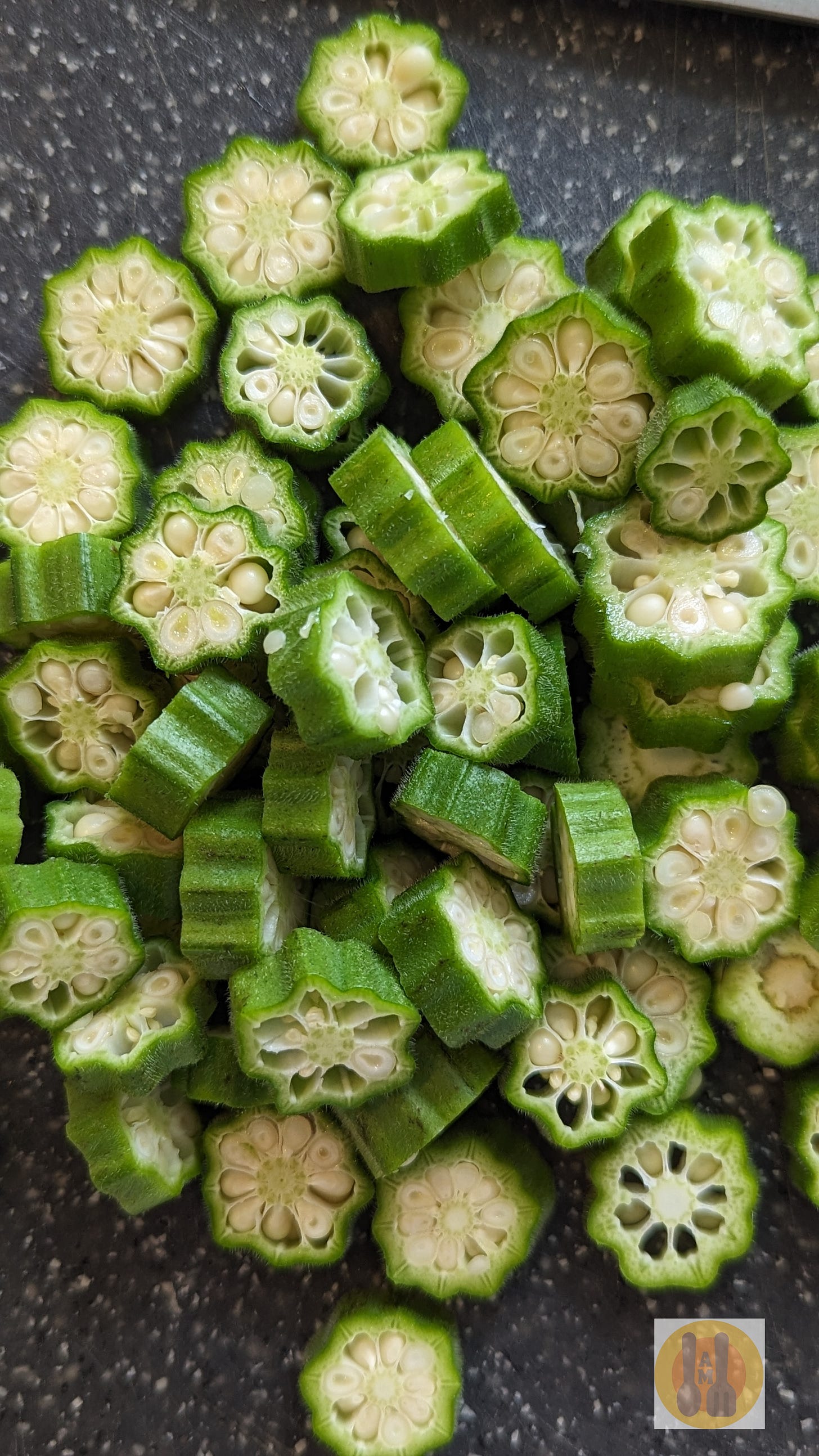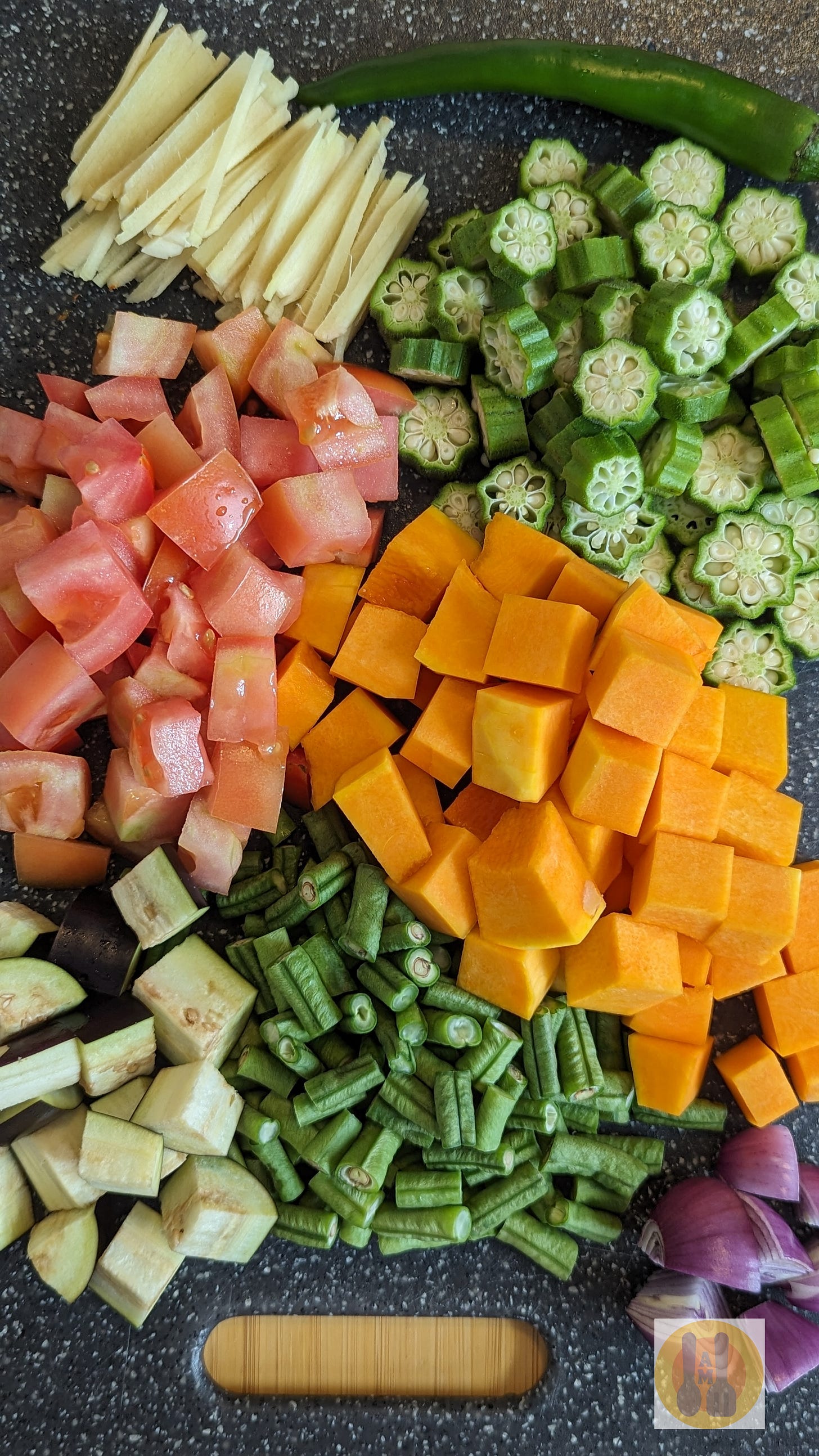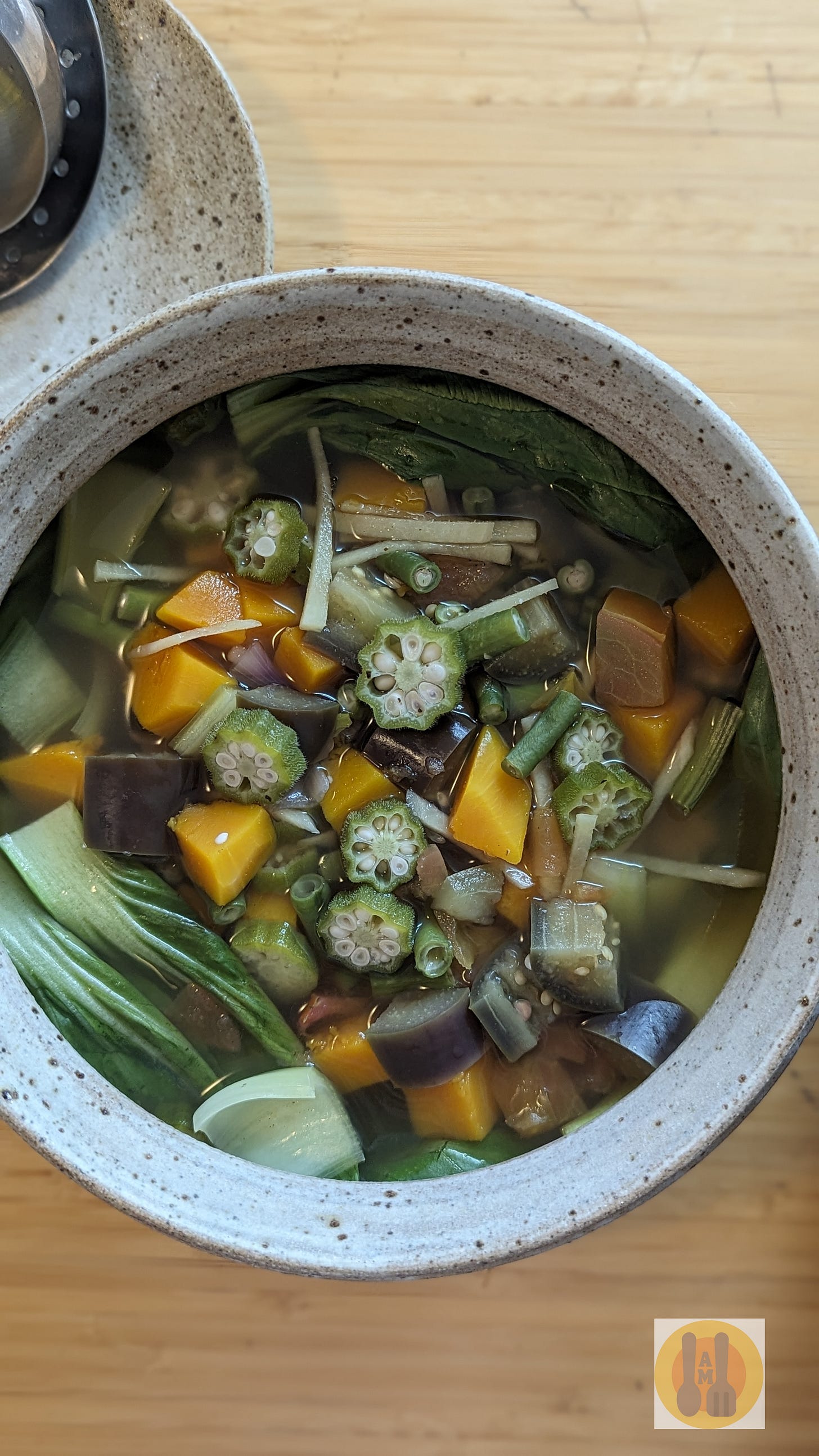What’s a basic soup? Water, veggies, salt (and pepper). Can’t be any easier than that, right?
But did you know this simple dish is also called other names across the different regions in the country. According to Raymond Sokolov in his book Why We Eat What We Eat, the “Filipinos, isolated from one another by their many local languages and their island geography, are just beginning to learn about [the rest of the cuisine] in their multifarious totality.”
This is somewhat true, especially from personal experience. Growing up in the Luzon region, I was only familiar with the dishes served at home and around the environment that I grew up in. When I worked with a local shipping company, I worked with colleagues who were from all over the regions and I experienced going on work trips to the Visayas and Mindanao region where I discovered unfamiliar food. Surprisingly, migrating to Australia has whet my appetite even more, to the diverse cuisines from the motherland. There is so much to learn, even as a Filipino.
My family lineage comes from Batangas where this is called bulanlang. As the dialects change across the regions, this same or somewhat similar dish in Leyte is called lawot-lawot and in Negros and Cebu it is known as laswa. Whatever name you want to call it, this dish spells comfort and healing.
I would liken this to the Italian minestrone. A soup that’s homey and made with seasonal vegetables as the main idea of the minestrone is to use whatever is on hand.
Bulanlang when cooked in homes is usually cut randomly, as any home cook would. It’s no fuss after all. But, I like to cut the veggies into small cubes, rather than the usual random cuts as they look beautiful in the bowl. They will also cook evenly when they’re all the same sizes.
Ingredients
1 medium sized red onion, sliced
1 knob ginger, julienned
2 tomatoes, cut into cubes
1-2 long eggplants (or 1 aubergine), cut into cubes
1/4 pumpkin, cut into cubes
1/2 bunch snake beans, cut into 5 cm lengths
1-2 long green chillies
3 bok choy, washed and cut the tail ends off
2 litre water
Method
Prepare a 5 litre pot. Fill with water and bring to a boil. Add the ginger, onions and tomatoes first and let it simmer on low. Add the eggplant, pumpkin, snake beans, long green chilli and okra and cook for 10-15 minutes, or until the vegetables are cooked. DO NOT OVERCOOK or you’ll get a mushy soup. Season with salt and pepper, tasting as you go. Add the bok choy, add the lid and turn off heat.
Tips
When buying fresh produce from the supermarket or like my local green grocer, they are always packed or bunched in quantities we don’t need at the time of cooking. My time saving tip is to cut them to size, e.g. cubes and pack the other portion in a ziplock bag and place in the freezer. The next time you want to cook another batch, it’s ready to pop into the pan. Absolutely do this to all veggies that you buy in bulk. The freezer is your kitchen friend.
These same veggies for bulanlang can also be used for stir fries. So you have it ready in the freezer when you need it.
Seasoning with fish sauce, or even shrimp paste is also an option. It will have a more. umami taste.
You can serve this with chopped chillies for extra heat.
In ayurvedic circles, this dish will tick all the six elements of taste - sweet, sour, salty, pungent, bitter, astringent. The ginger in dish creates that warm peppery flavour combined with pumpkin with its sweet creamy taste, the addition of bitter eggplants and okra and some leafy greens.
Personally, I love any dish that has ginger. I sometimes even eat them raw while I’m chopping them. And I eat garlic raw too! And while we’re at it, I also love coriander. Funny how this Facebook group called I Hate Coriander just turned up in my feed! Ha! There’s social media algorithm for you!








We cook this at home! But our yaya calls it ‘laswa’ she is Ilocano 🙂
Yum! Will have to shop for the ingredients soon! (It's "laswa" where my mom comes from - Iloilo.)